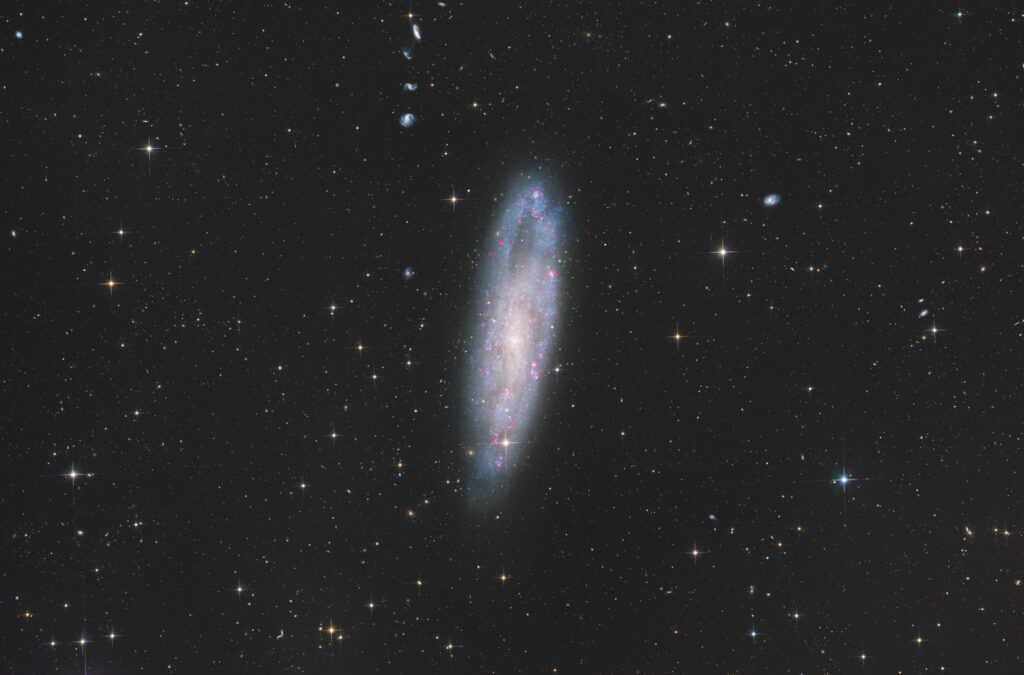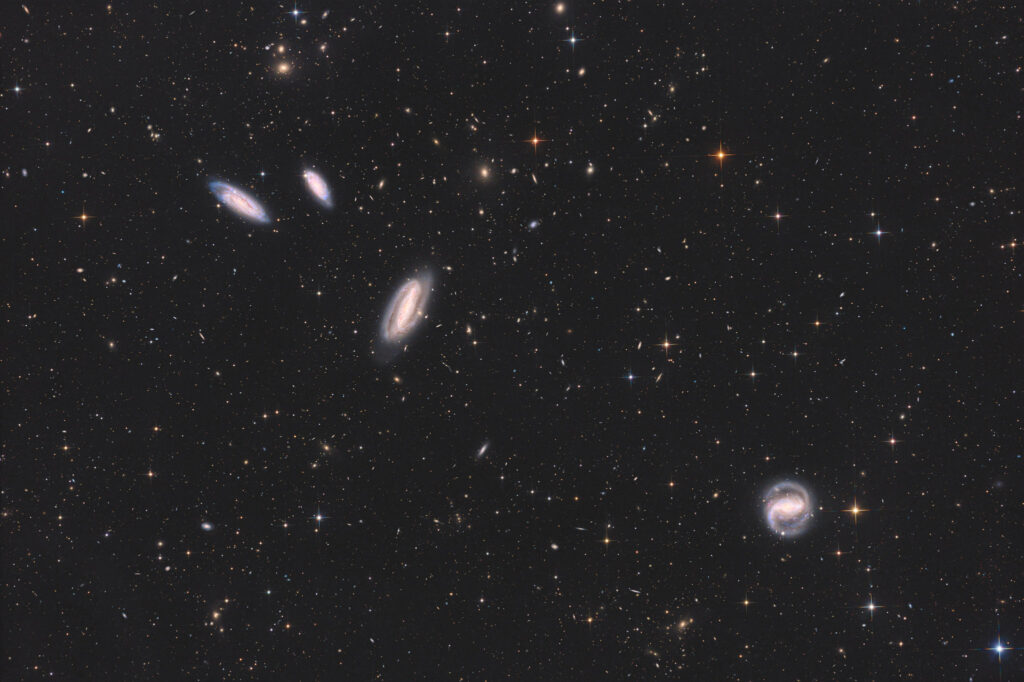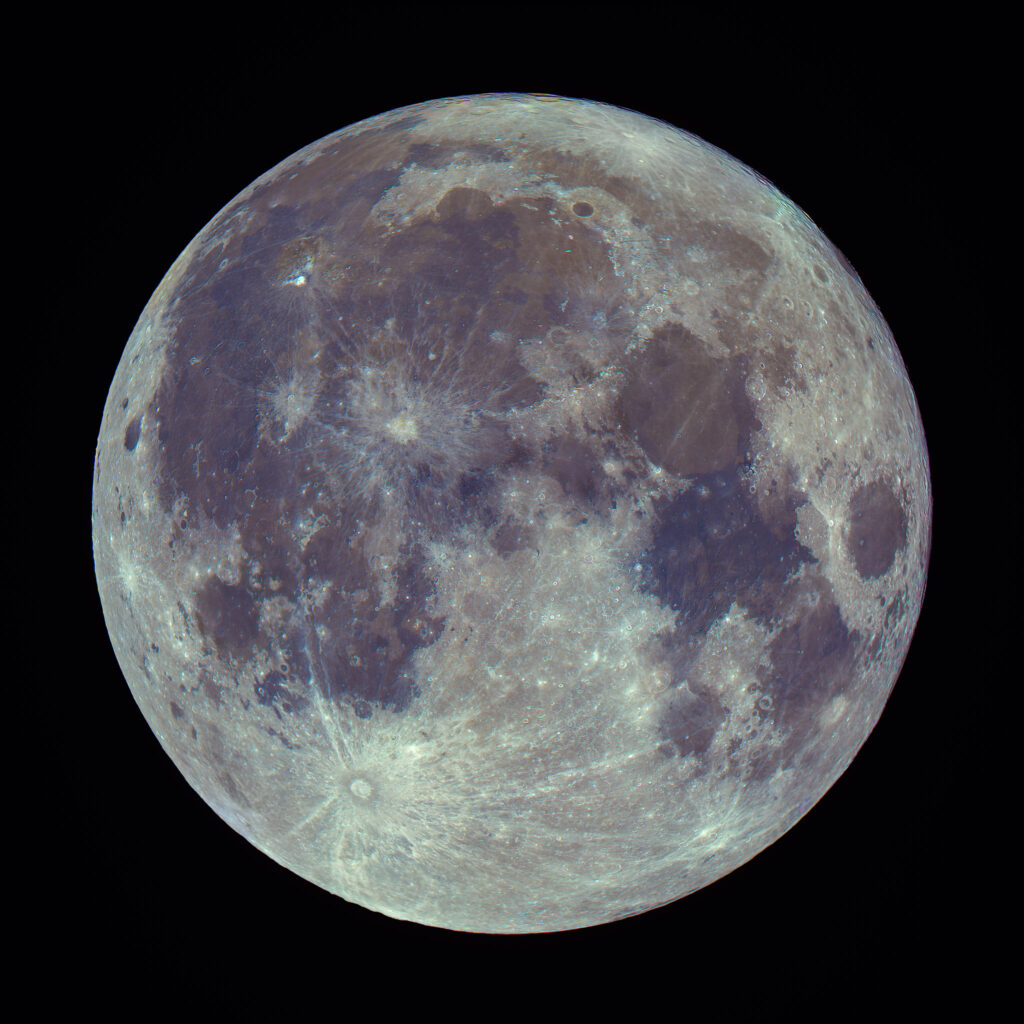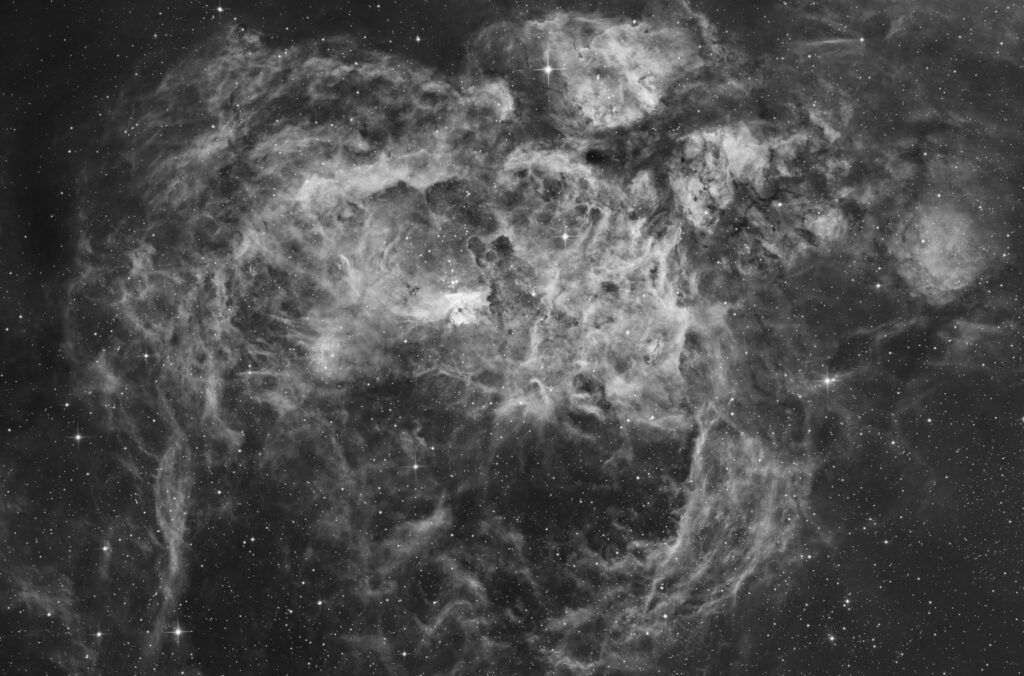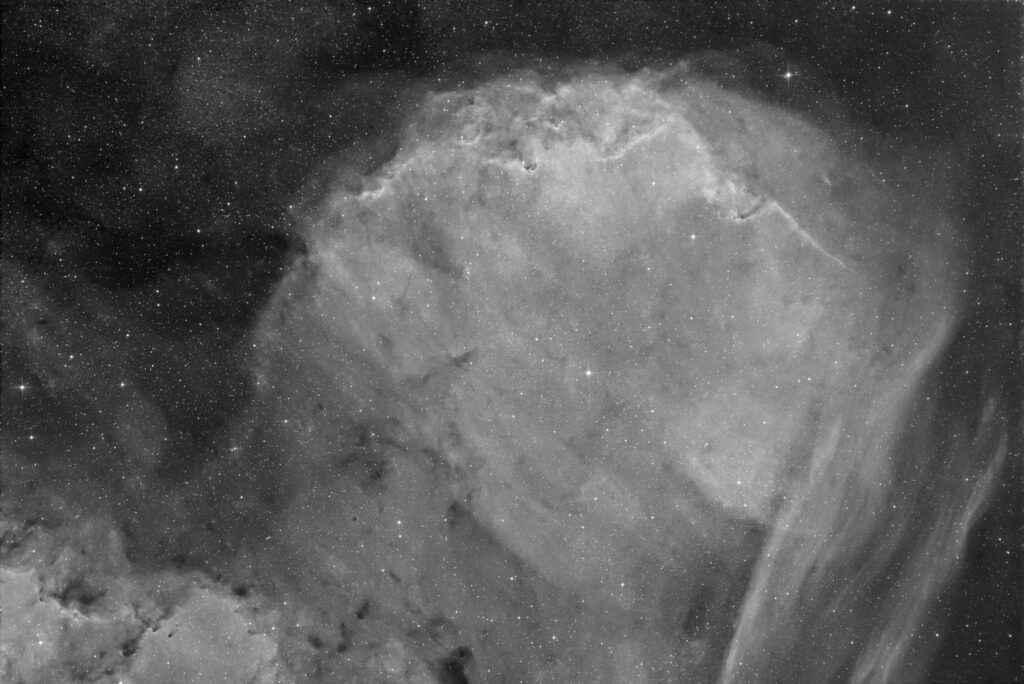
It took me almost a month to gather the data for this 4 panel, 2×2 mosaic of both CG 1 (lower left) and CG 2 (upper right) in the outskirts of the Gum Nebula. This processing uses RGB and Ha data only, merging L didn’t yield good results with the “red wall” on the right.
More details at Astrobin.
Deutscher Beitrag dazu hier unter den SuW Leserbildern.
Continue reading



